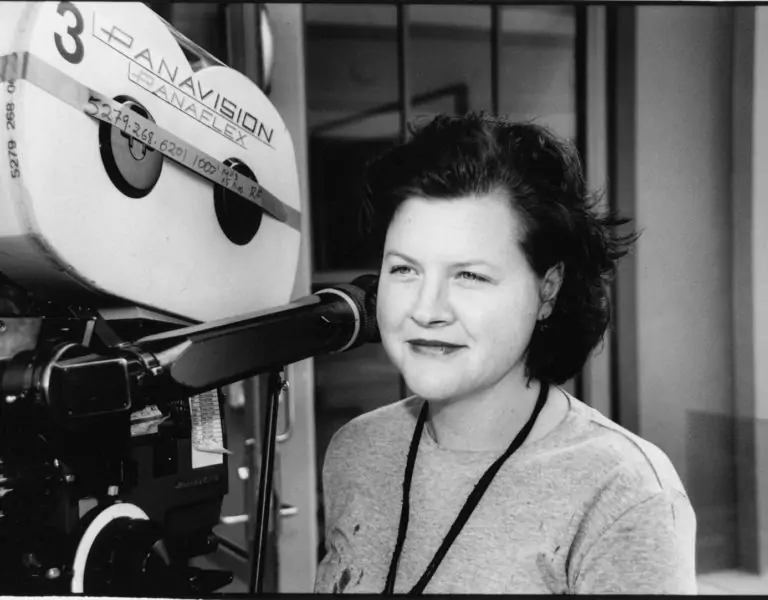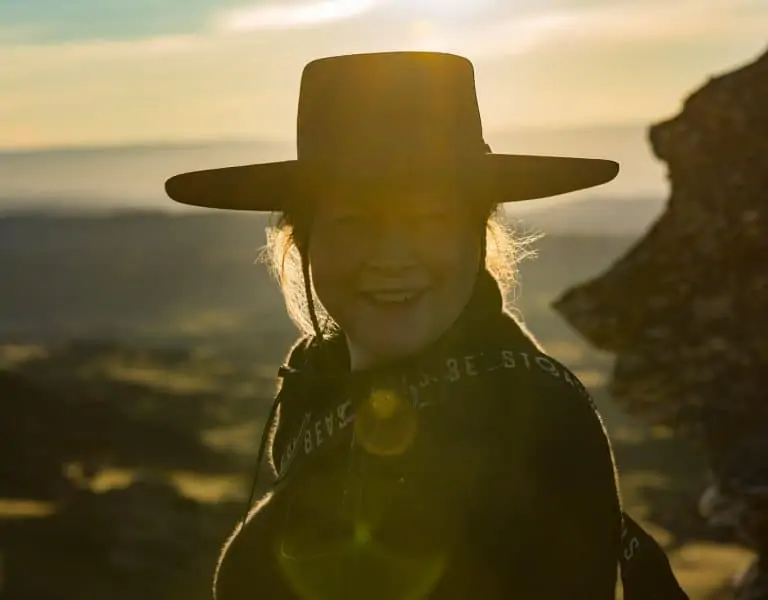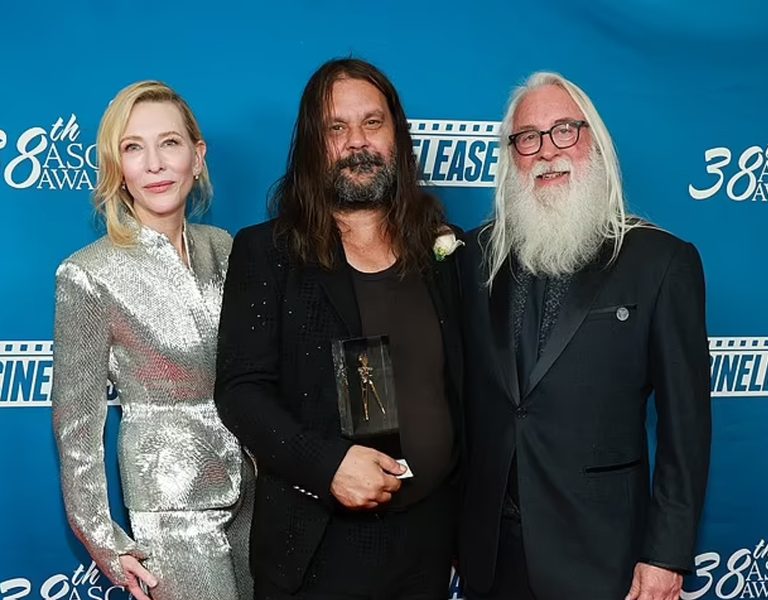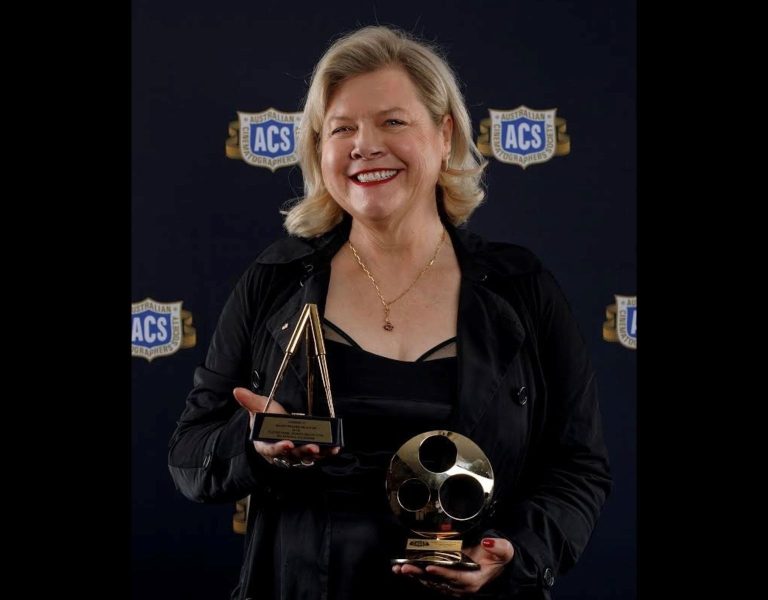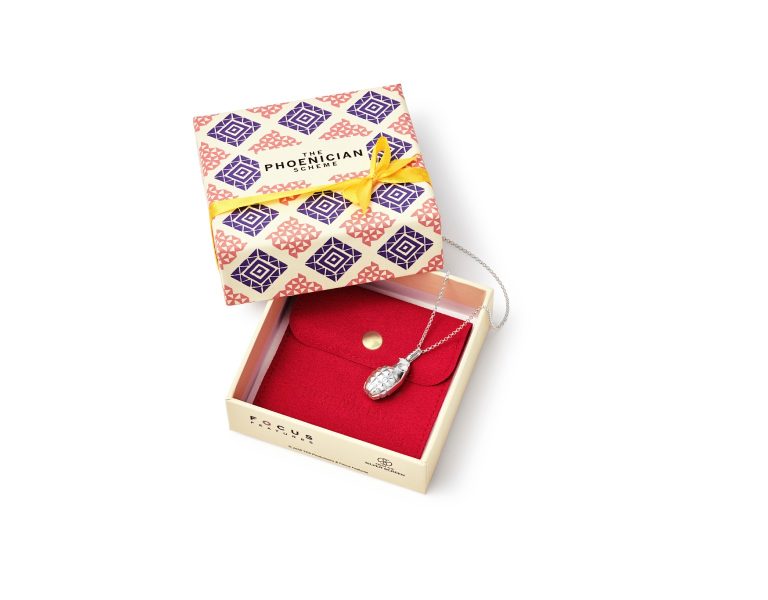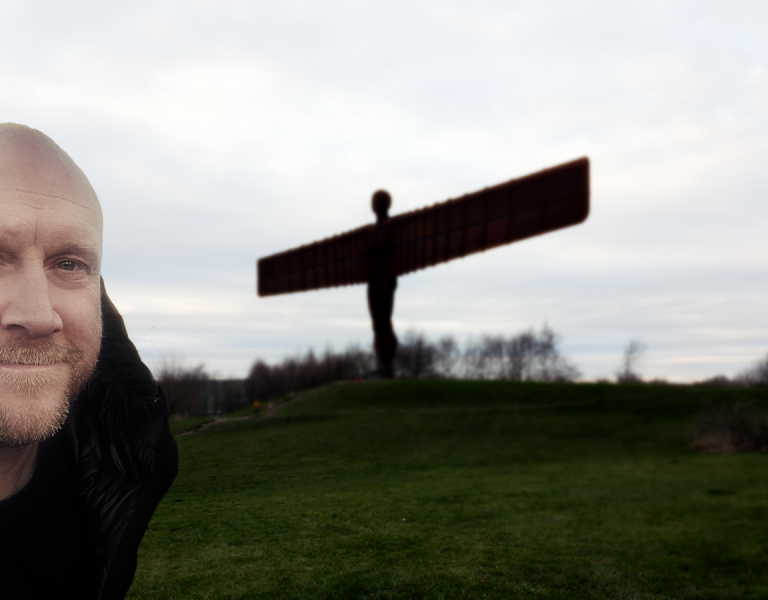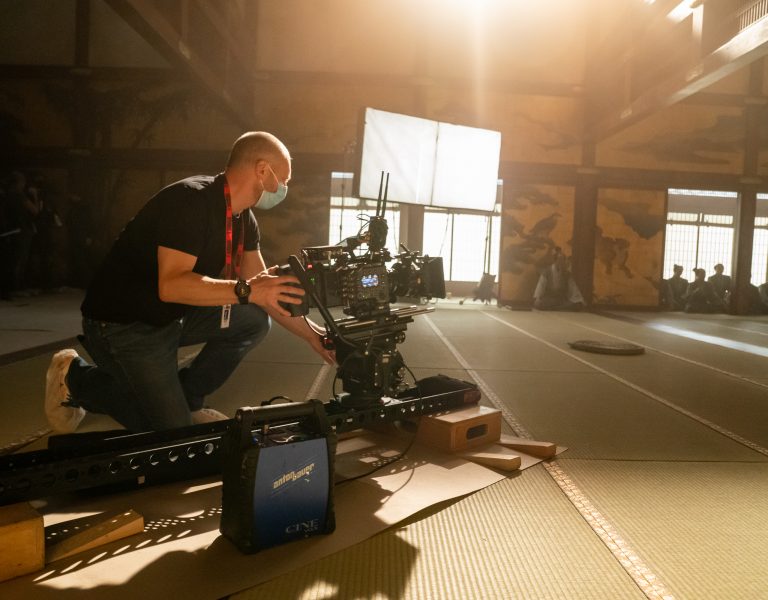FROM FARMING TO FILMING
It wasn’t until he experienced the despair of losing three thousand sheep that Oscar-winning John Seale AM ASC ACS switched from cowboy to camera op. His personal loss was the industry’s gain.
“I’d dabbled in making 8mm movies with my mates around Sydney but it didn’t really grab me as something the future might hold,” John Seale AM ASC ACS, the Oscar-winning DP, says. “I took the camera with me to my uncle’s sheep station in central Queensland to learn to be a Jackaroo.” Two years later after the trauma of losing the herd in a storm, he “bailed out, sold my Land Rover, hitchhiked back to Sydney”, beginning the long pursuit to get into the film industry.
He joined the Australian Broadcasting Corporation, spending seven years learning from “garrulous combat cameramen” who had survived the Second World War and the Korean War, “who celebrated every day” they were still alive.
“Each taught me something new,” he says. “A lot of it was mechanical, solutions to tripods or lighting.”
When ABC moved into drama Seale commandeered a Mitchell R35 “half the size of a VW” when accessorised. ““I’d practice on the heads during lunch and loved it all,” he continues. “I worked my way up from clapper loader to focus puller then camera operator.”
In the late ’60s, Australia barely had a film industry. English director Nic Roeg (Walkabout) and Canadian Ted Kotcheff (Wake In Fright) inspired a local renaissance, which New Wave directors Peter Weir, Bruce Beresford, and Gillian Armstrong later catapulted internationally.
Seale enjoyed operating so much he was content to let peers or operators younger than he graduate to cinematographer. They included Russell Boyd ACS ASC who asked the 33-year-old to operate for Weir’s 1975 haunting drama Picnic at Hanging Rock. Much influence “in those early days had come from the United States where the rule of thumb was you had to have a wide”, a medium and a close-up otherwise the editor couldn’t cut it.
“Your lighting had to be key, fill and a back light otherwise it didn’t look any good. We kinda threw that book away.”
He found that American cinematographers instructed the operator, with directors talking to the DP, while English directors preferred to talk directly to the operator, which he found exciting.
“Peter had that English attitude,” Seale recalls. “It would be the three of us discussing ‘what if’ we did this or that on set.”
A year later, he photographed the low-budget action movie Deathcheaters in 16mm, his first solo DP project, which gave him a shock.
“I’d never bothered to study lighting,” he continues. “I’d ignored the meter. That was what Russ Boyd did – I didn’t have a clue. I just think you are so much closer to the film and the actors when operating. That goes back to working on low budget films which couldn’t afford an operator so the lighting cameraman would do it.”
Union power
Against the advice of peers, Seale went back to operating for a while. He returned in 1980 to light Fatty Finn, and in 1981, he lit Survivor, Australia’s biggest budget feature to date.
“When I went back to operating I’d studied lighting a lot more so I was ready to move up,” Seale says. “Survivor is a strange film with an erratic director [David Hemmings] and a massive plane set which we shot with nine cameras.”
After operating for Boyd on Weir’s Gallipoli and The Year of Living Dangerously, Seale was called to shoot Mosquito Coast. When that was delayed, they made Witness (1985), which was significant for him as “suddenly, Indiana Jones” was in front of his camera”.
“I was so used to helping lift lights and put them in place because of our low budget upbringing, but if I even touched a lamp on Witness I was told it had to be a union member.”
Union rules required Seale to hire an operator, which he and Weir resisted in vain. They also fought the unionised crew to shoot their ‘what if’ system.
“One day I noticed sunlight shafting through the barn and wanted to grab three shots we needed before we lost it,” Seale says. “You couldn’t emulate that natural light in this size of barn unless we had cherry pickers and HMIs – which of course was the American style.” The barn was wrapped in black, with lamps erected on huge platforms.
“Peter said to me later, ‘I’ve always regarded every movie I’ve made as an Australian film with an American accent’,” Seale adds. “That’s been my approach too,” Seale adds. “We use the ‘what-if’ system. Let’s get in as fast as we can and keep the actors hot.”
A year later in Belize for Mosquito Coast, they found union rules more relaxed and Seale was able to operate. Reunited on Dead Poets Society in 1989 the pair were required to hire another operator. “We found one with a broken leg, put him in a wheelchair and paid him but I was able to do the operating,” Seale says.
Hit after hit
Over the next dozen years, Seale filmed Children of a Lesser God, Stakeout, Gorillas in the Mist, The Paper, Beyond Rangoon, The American President, The Talented Mr. Ripley and The Perfect Storm.
On The Firm (1993) Sydney Pollack said to him ‘You don’t talk much do you?’ “I said, ‘I’m doing a lot of listening since you and the other HODs have been working on this for a lot longer than me but I hope that when I do say something, it’ll be intelligent as far as your film is concerned.”
Seale tells students now is try not to worry too much about the technical side. “Get that knowledge into your brain so you’re feeling confident with your equipment and start making movies,” he says.
Seale adds that in every film he shot post 1983, he “tried to simply honour the script” and never to take a photographic style from one film to the next. “I always tried to take three or four months off between movies in order to clear my head. I’ve missed out on a lot of good ones because of that, but I always thought it was worth it.”
He confides, “A DP once said to me, ‘I’m only doing this to win an award’ but I knew that wasn’t right. You are there to record a movie and to help get the emotion of the script onto the screen.”
On Dead Poets Society, Seale drew on the rapid schedule he’d learned at ABC. “We shot 21 setups a day on one camera. The boys and Robin Williams were amazing. The speed that Peter worked helped create the emotion from the boys because they just didn’t have time to get out of character.”
On-set monitors were introduced so Weir would stand where he wanted the next shot to be. “Anybody who wanted another take had to have a damn good reason to do so because the first take was usually the one they printed and made it into the movie.”
Things were different on Rain Man where director Barry Levinson afforded Dustin Hoffman the luxury of thirty takes.
“The difference was chalk and cheese but Dustin loves working,” Seale says. “He would often say ‘We can do better’. And they’d go again. Barry was able to absorb that kind of indulgence whereas with Peter’s Australian training you stay within the schedule.”
Rain Man – for which Seale was Oscar nominated – had virtually no pre-production. “There was no style,” he says. “Barry’s exact words were ‘It’s a contemporary film. That’s what we’re presenting. Let’s go shoot it.’ That sentence was pre-production.”
The English Patient (1996), Seale’s first collaboration with Anthony Minghella, and a challenging shoot in Tunisia, earned him an Academy Award.
“If you haven’t been able to literally shoot 80 percent of the film in your mind before you hit the set on the first day then you’re going to be behind the 8-ball,” he says. “But if it isn’t the same as what you thought it was going to be in pre-production don’t worry. You have to be on the balls of your feet like a boxer ready to leap sideways.”
In 1990, Seale directed the low-budget drama Till There Was You on the South Pacific island nation of Vanuatu, a project near his family in Australia. “I made a terrible mistake there,” he admits. “A cameraman’s ego can sometimes outweigh the logic of what he’s doing. What I think it did for me was made me a better cinematographer because I learned the immense demands that are put on a director like organising actors, wardrobe and makeup. It wasn’t my bag and I never look back with regret on that.”
On the other end of the scale Seale set the look of a multi-billion dollar franchise by photographing Harry Potter and the Philosopher’s Stone in 2001 directed by Chris Columbus.
“There was a lot of discussion about the seven films that at that stage were going to be made. I think that first one was the easiest because it was the lightest, innocent looking film, an explanation of where Harry came from, how he got to Hogwarts and the beginnings of witchery. There was nothing really dramatic or dark.”
They shot up to six cameras to capture the performances of an inexperienced lead cast. “I take my hat off to Chris for handling the kids but I think the multi-cam helped immensely because we were able to cover them and know that if they hit it, we got it on multiple cameras on multiple kids.”
Seale was offered the second film too, but was committed to Minghella’s Cold Mountain. The Miramax romantic drama was subsequently delayed until 2002 and although Seale was Oscar nominated for his work he regrets not doing more Potter.
“Sometimes you lose, but that’s the film business,” he says.
Back in the saddle
His fifth Oscar nomination came from the high-octane reboot of the Mad Max franchise which saw Seale embrace digital cinematography for the first time. He’d come close to lensing The Road Warrior and shot Lorenzo’s Oil for director George Miller in 1992, coming out of retirement to make Mad Max: Fury Road and Miller’s Three Thousand Years of Longing.
“I would have done Furiosa for George but I was seriously contemplating retiring even before Fury Road,” he says. “I’ve spent so much of my life travelling the world that I wanted to enjoy a big part of my life my wife and children and grandchildren.”
He suffers from macular disintegration – “a backstop for me” – but more than that, he doesn’t want to make another digital film.
“The digital revolution with LED lighting, tiny cameras and Movi rigs can make all those beautiful dreams that we had 30-years-ago come true but I miss the photography,” he says. “On big budget digital pictures the DP tends to be a pixel collector. I miss waking up at three in the morning terrified that I should have opened up half a stop wider and you sweat it out till dawn before you can call the lab. I’m very happy to bow out and leave the new one to all the newbies.”
